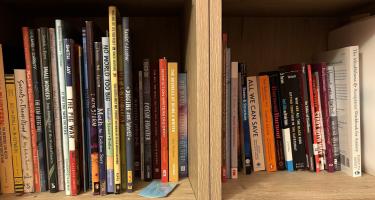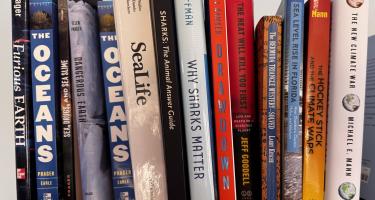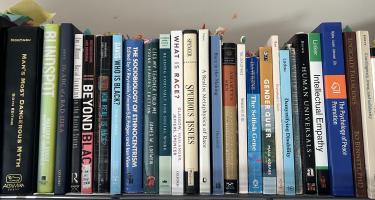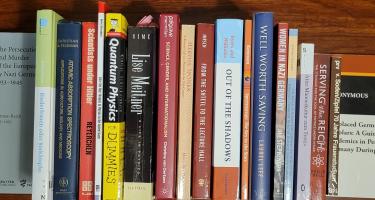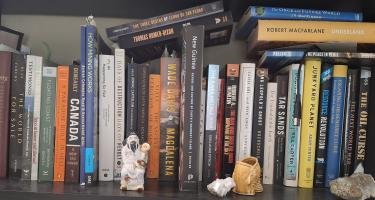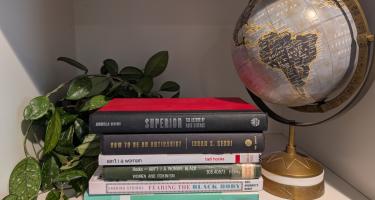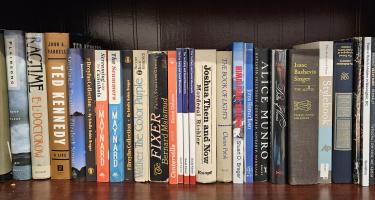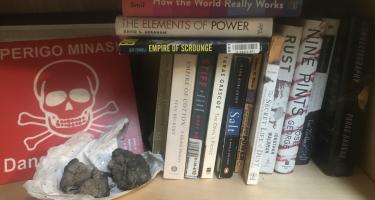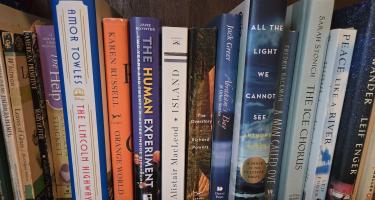
Marie Zhuikov —The Path of Totality: Stories & A Novella
A lonely teenaged girl leading a birding tour in a northern Minnesota peat-moss bog finds a mummified Viking boy. A college biology student loses his way on a biosphere tour, finds he is locked in, and faces a creepy night. In The Path of Totality: Stories & A Novella, Marie Zhuikov draws on her experience as a science writer to craft stories that slip from real-world settings to science fiction.
